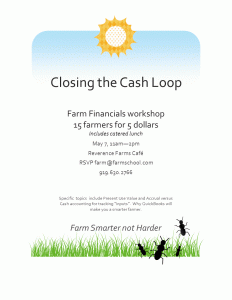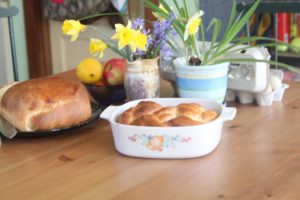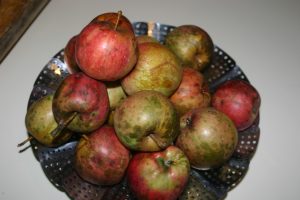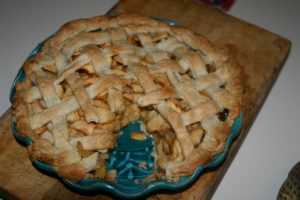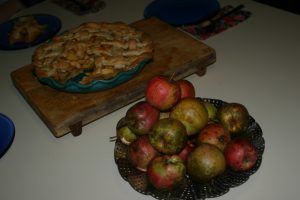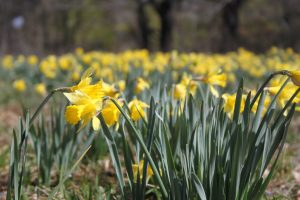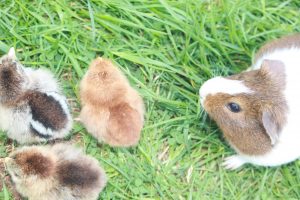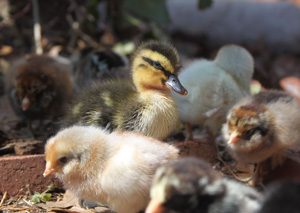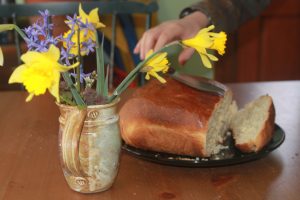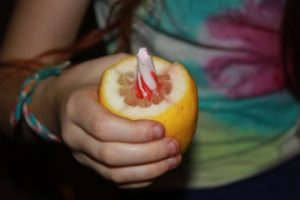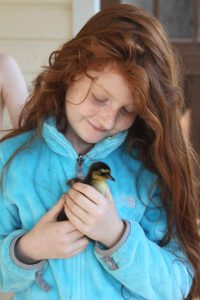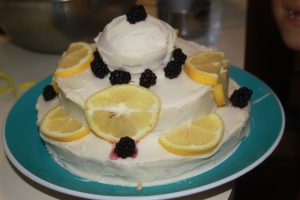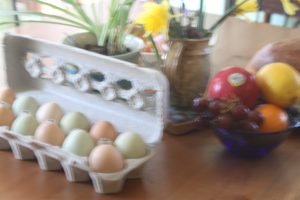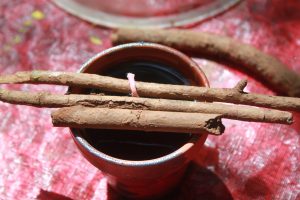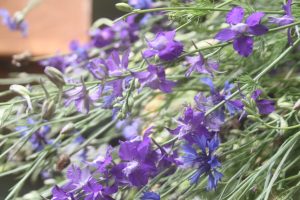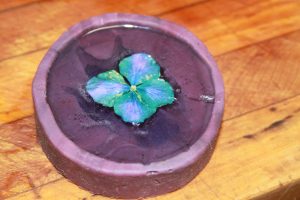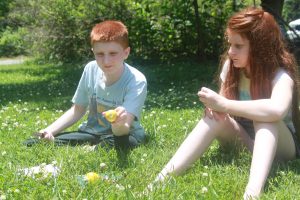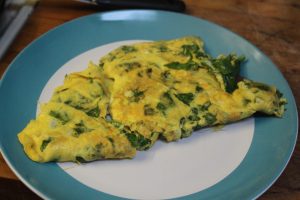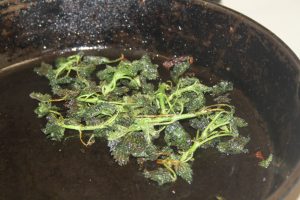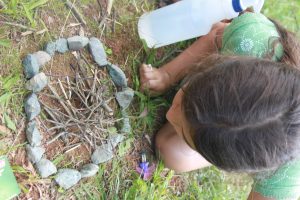Potential of Hydrogen.
My daughter is studying chemistry. There’s no better chemistry teacher than the garden. I’m practicing here how to tell her the story.
——————————
Like our bodies, plants do not like things too acidic. And, plants need nutrients.
—————–
You know the hydrogen atom. And, you know that hydrogen can be a charged ion that carries a positive charge.
Hydrogen is the maker of water. That’s what the name means. Hydrogen burns with oxygen to form water. That magic happened millions of years ago as the Earth formed. To join up with Oxygen, and make water, hydrogen has to share an electron. In solution, hydrogen – this positively charged ion – share’s an outer shell electron with oxygen, and that polar covalently bonded molecule of 2 Hs and one O, has a tendency to carry a charge on one side. OK, we accept this information as given (though it is a but mystical.)
pH is the potential of hydrogen. Potential means in the future. The more you actually have of something, the less potential there is of having it in the future (because you have it now). The more hydrogen ions you have now in the soil, then the less potential there is for more of them. The lower the potential for more hydrogen ions, the lower the pH. And, by definition, the more Hydrogen there is in the soil now, tying up those negatively charged clay particles. The less potential for more Hydrogen, the lower the pH. And low pH means more acidic.
That’s where plants breathing out carbon dioxide comes in. We’ll get to that.
Hydrogen in clay soil is helpful. That hydrogen ion with it’s positive charge is drawn to the negatively charged clay particles. Those clay particles are holding other cations. Other positively charged minerals that the plant in fact wants.
When hydrogen comes along and bonks the calcium off a clay particle, and take it’s place, that leaves calcium free for the roots to grab. Bam! Cation exchange!
Because we have red clay, we have minerals. Clay can hold these positively charged nutrients because it has negative charges and can grab onto the positive charges. When the plants breathe, the roots’ let off CO2 (carbon dioxide) that combines with H20 (water) and reacts chemically to make carbonic acid and hydrogen – a positively charged cation. That hydrogen then goes to work knocking off other cations. Then the root can take up the other nutrients, and hydrogen is bound up in the clay.
Again, as the root “breathes”, hydrogen that was bound up in water as a hydrogen ion is released into the soil where it goes along freeing up other cations to become part of the plant. As hydrogen integrates into the soil, attaching to clay, it releases other minerals, which the plant then grabs up.
The other key characters, those other cations such as calcium, magnesium, potassium, sodium, help raise the pH. There is more potential for hydrogen again once the excess Hydrogen ions are no longer roaming free.
The more of the cations we have, the higher our pH, and the more alkaline our soil is. The million dollar question is, what kind of alkaline are we talking about? Just “alkaline” doesn’t tell you much about which characters are at play. What if it’s all magnesium and little else? In soil, we need to know more than simply the pH. We want to know which nutrients make up that number.
Cation Exchange Capacity (CEC) is simply the ability of the soil to grab onto and release these elements.
Sand is Sio2, silica dioxide. This little blue Boiron bottle of Silicea is silica. I am taking it right now to help my tendons repair. Our bodies are much the same as the earth where they began. Silica makes up a tremendous amount of the earth’s body. Sand does help create pore space in soil, but other than that, it does not provide needed minerals. The silica in sand is bound to oxygen.
The less abundant but very important minerals are found in the clay, and, there are different kinds of clay with different combinations of minerals. The names are chewy words, sticky, like clay itself. Montmorillonite, kaolinite, vermiculite. I met them in Geology and never forgot their names. Calcium, aluminum, hydrogen, oxygen, magnesium and silica all make up montmorillonite.
Whoever divided poetry and science made a grave error.

